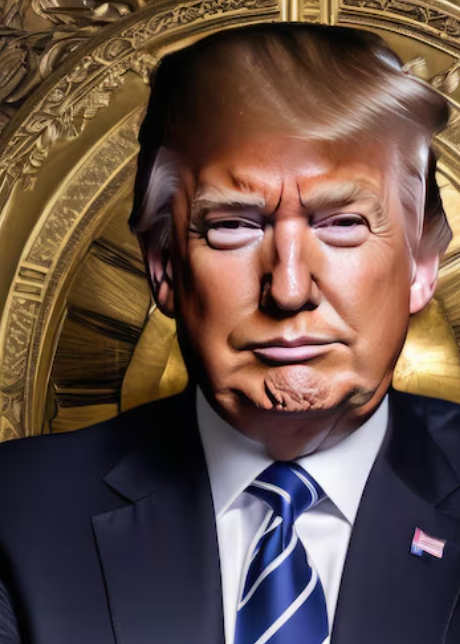$DXY $SPY $EEM
#Trump #TradeDeals #Tariffs #USChina #GlobalEconomy #StockMarket #BilateralAgreements #USExports #InternationalTrade #ForeignPolicy #TradeWar #MarketImpact
During former President Donald Trump’s first term, the global trading environment underwent a significant transformation fueled by his administration’s aggressive tariff policies. While the intended purpose of these tariffs was to promote domestic manufacturing and protect U.S. industries, they created ripple effects in global markets and triggered a wave of diplomatic and economic restructuring. Nations rushed to secure bilateral trade agreements as a countermeasure—adopting this strategy to navigate the tough terrain of elevated tariffs imposed on trade with the United States. These agreements became a lifeline for many economies seeking to maintain their export competitiveness while avoiding the punitive costs of U.S.-imposed duties on goods ranging from steel and aluminum to technology components.
The rapid rise of bilateral agreements during this era not only reinvigorated the importance of individual trade deals but also altered the dynamics of international trade. The re-negotiation—or, in some cases, the outright abandonment—of larger multilateral pacts like the Trans-Pacific Partnership (TPP) left nations with limited options but to pursue direct deals with their trading partners. This pivot led countries like Japan, Canada, and Mexico to sign or renegotiate agreements with one another, bypassing the broader economic uncertainties emanating from Washington, D.C. Meanwhile, emerging markets like Vietnam reaped some benefits as they became alternative production hubs due to supply chain shifts. The outcome, however, was an uneven playing field where protectionism and economic nationalism began to accentuate differences rather than foster alignment.
From a market perspective, the ripple effect of this shift toward bilateralism was palpable. The U.S. Dollar Index ($DXY) saw upward pressure as investors sought refuge in the greenback during a period of heightened economic uncertainty, whether over tariffs or the quagmire of legal trade disputes. U.S.-centric stock indices like $SPY exhibited volatility, oscillating between optimism over domestic protections and fears of retaliatory measures against high-profile industries such as agriculture, technology, and automotive manufacturing. Emerging markets ($EEM), on the other hand, faced growing vulnerability as the global trade landscape moved away from predictable multilateral frameworks. Companies weighing tariff-induced costs saw their profit margins tighten, resulting in altered stock valuations and, in some cases, reshuffling of supply chain strategies to mitigate risks.
On a broader scale, Trump’s tariff policies and the subsequent scramble for bilateral deals served as a critical stress test for globalization itself. While the imposition of tariffs sought to prioritize American economic interests, it inadvertently sped up discussions among global leaders about reducing dependencies on U.S. trade altogether. Long-term shifts, such as Europe’s increasing discussions around “strategic autonomy” or China’s intensified focus on the Belt and Road Initiative, took center stage. For market participants, however, the uncertainty created an environment where due diligence, adaptability, and hedging against geopolitical risks became paramount considerations for maintaining competitiveness. As trade policies continue to evolve globally, the aftershocks of this period offer important lessons on balancing economic sovereignty with the equally vital need for cross-border collaboration.











Comments are closed.